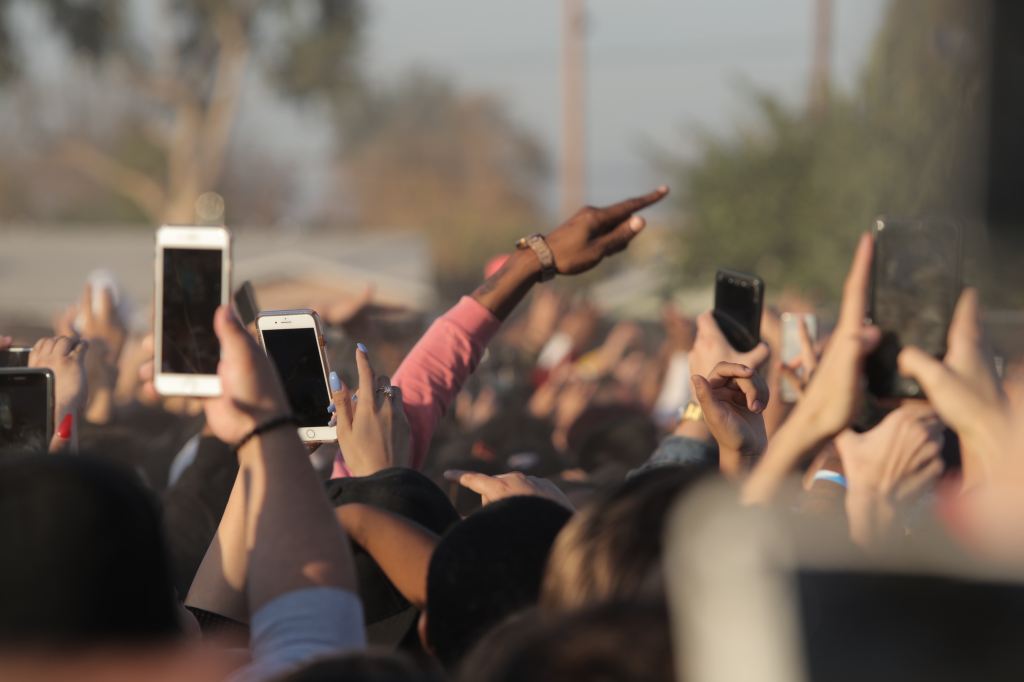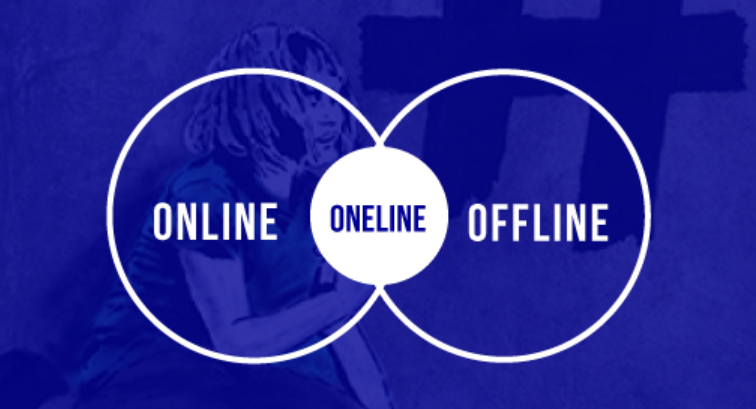
The rapid evolution of digital technologies has been changing relationships between governments and citizens around the world. These shifts make it the right time to pose the key question a new World Bank publication explores:
Will digital technologies, both those that are already widespread and those that are still emerging, have substantial impacts on the way citizens engage and the ways in which power is sought, used, or contested?
The report, Emerging Digital Technologies and Citizen Participation, benefits from the insights of 30 leading scholars and practitioners, and explores what technology might mean for citizen engagement and politics in the coming years.
The report argues that, regardless of lower technology penetration levels, and given more malleable governance contexts, developing countries may be more influenced by the effects of emerging technologies than older states with greater rigidity and legacy technologies. Digitally influenced citizen engagement is potentially a “leapfrog” area in which developing nations may exploit emerging technologies before the wealthier parts of the world.
But countries can leapfrog to worse futures, not only better ones. The report also conveys concerns about the negative effects digital technologies can have on the governance of nations. Yet, despite emerging challenges, it contends that new and better citizen engagement approaches are possible.
What is missing from public discourse is a discussion of the wide range of options that citizens and decision-makers can call upon to enhance their interactions and manage risks. To consider these options, the report makes 11 predictions regarding the effects of technology on citizen engagement in the coming years, and their policy implications. It also offers six measures that would be prudent for governments to take to mitigate risks and leverage opportunities that technological development brings about.
None of the positive scenarios predicted will emerge without deliberate and intentional actions to support them. And the extent to which they can be shaped to further societal goals will depend on constructive dialogue between governments and citizens themselves. Ultimately, this new publication aims to contribute to this dialogue, so that both developing and developed countries are more likely to leap into better futures.
*************
Text co-authored with Tom Steinberg, originally cross-posted from the World Bank’s Governance for Development blog. You can also read another article about this report in Apolitical here. While I’m at it: if you work in public service and care about making government work better, I highly recommend Apolitical, a peer-to-peer learning platform for government, sharing smart ideas in policy globally. Join for free here .



